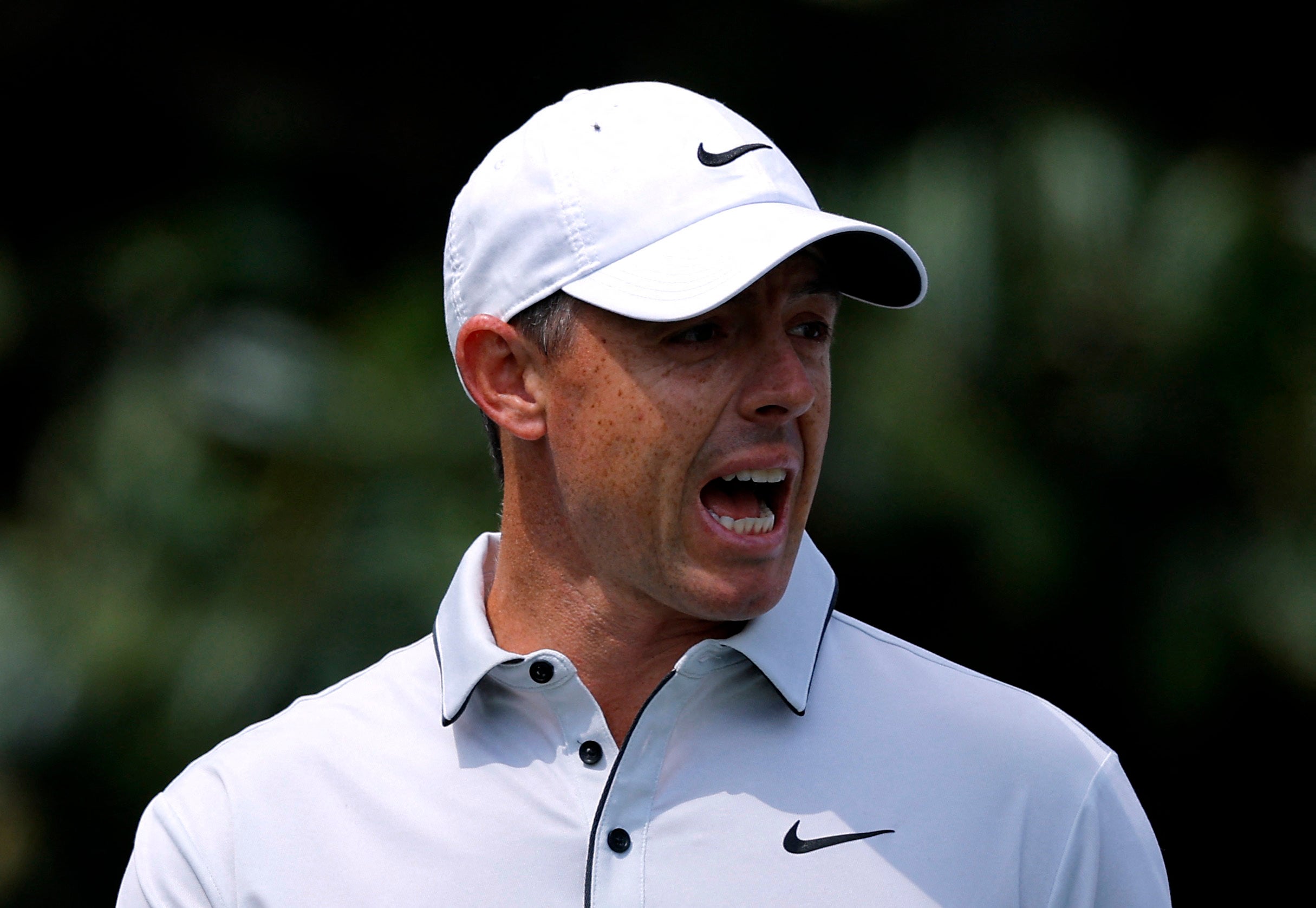‘The Irish just chat about everything. We love telling tales and yarning. There’s no other country where you could talk for an hour about the weather,” says Aisling Cunningham, 57, the owner of Ulysses Rare Books on Duke Street in Dublin.
Sure enough, I have been here for 50 minutes and we have talked at length about everything from the biblical rains of Donegal to why more people who stop into her antiquarian bookshop end up leaving with a copy of James Joyce’s Dubliners than Ulysses itself. (Cunningham reckons it’s because the former is more accessible – although there is also the small matter of the Shakespeare and Company first edition of the latter costing just short of €30,000, about £25,500.)
I am in Dublin to find out why Ireland, a country that you can drive the length of in a few hours, punches so far above its weight when it comes to literature. It has contributed four Nobel literature laureates and six Booker prize winners; its capital was the fourth Unesco City of Literature in 2010; and it’s home to a booming network of magazines, publishers, bookshops, festivals and (whisper it) decently funded libraries. But Ireland’s outsize output of brilliant writing is less of a surprise to the people who live and work here than it is to those across the water who are trying to parse its overrepresentation on prize lists or the cultural dominance of Sally Rooney.
“I do find that Irish people love to entertain,” says the writer and critic Nicole Flattery over coffee in Stoneybatter, an inner-city neighbourhood that has been hipsterised in recent years (and called Dublin’s version of Williamsburg in Brooklyn, New York). “Whenever I go out with a group of friends I haven’t seen in a while, everyone’s primed to be like: ‘Wait till I tell you,’ and has a story ready to go.”
Flattery, 34, is the author of two critically lauded books – Show Them a Good Time, a short story collection that netted her a six-figure, two-book deal with Bloomsbury, and last year’s Nothing Special, a novel about a teenage typist working in Andy Warhol’s factory. Discussion of Ireland’s literary success is often a little crude, she says, with a tendency towards making it “seem like it happened overnight”. “But you know all these people and you know that it took years of hard work and rejection. And all you get to see is the great outcome. There’s so much more behind that.”
Key factors include an arts council that cares about literature and a culture of intergenerational benevolence. There is also the fact that Ireland has changed monumentally in the past few decades, having made significant strides in sloughing off the influence of the Catholic church to legalise divorce, gay marriage and abortion. “Maybe it’s just my age, but it’s really fascinating to me how young writers are free to say things now in a way that we weren’t for a very long time,” says Yvette Harte, 54, of Books Upstairs, Dublin’s oldest independent bookshop. “All of the things that were bottled up for years are coming out now. Irish people are coming out of shame and into the light.”
Sarah Bannan has been head of literature at Arts Council Ireland (An Chomhairle Ealaíon) since 2007. “There are now so many more Irish writers working than I ever thought would be possible,” she says. Literary magazines such as the Stinging Fly, the Dublin Review, Banshee, the Tangerine and Tolka abound, while much of the best work is coming not from Irish expats in London or Paris, but from those who have stayed at home.
“Our approach to literature is very much focused on individual writers and making sure that their work can get out to audiences,” says Bannan, 46, who is also a novelist. “We put a huge amount of emphasis on our bursary awards. The budget for that is close to €2m – and that’s just money that’s going straight to individual writers so that they can take time out to work on their projects.” The largest of these awards is the Next Generation Artist award – a stipend of up to €25,000 that has gone to some of the country’s best and brightest, including Flattery, Niamh Campbell and Sinéad Gleeson.
“The bursaries have always been ‘no strings attached’, in a way,” says Bannan. In other words, nobody is banging down your door after six months demanding a book. Ireland also has a tax exemption on artists’ income up to €50,000 and has launched a basic-income pilot scheme granting 2,000 artists €325 a week.
Bannan’s literature budget for 2024 was €6.6m – roughly 5% of the arts council’s €134m total. But that doesn’t account for the literature programming within arts-council-supported arts centres and festivals, or Literature Ireland, which translates and promotes Irish writing abroad. Nor does it include Aosdána, an association of up to 250 of the country’s most established artists (Anne Enright, Sebastian Barry, Colm Tóibín and Claire Keegan are among its heavy-hitters), which offers a stipend to some members to allow them to work as full-time artists.
All that accounted for, she estimates that literature makes up 6% to 7% of the arts council’s overall spend – not nothing, but not enough to pin all of the country’s literary chutzpah on. To put it down to funding alone is also to ignore a new wave of exciting voices – Michael Magee, Rachel Connolly and Susannah Dickey, to name a few – coming out of Northern Ireland, where public arts funding is the worst in the UK.
“When you’re looking at the south, it’s a whole ecosystem that goes even beyond grants and bursaries,” says the Belfast writer Wendy Erskine, 56. “It’s festivals, it’s magazines, it’s that whole infrastructure that just allows people to write.” Erskine, who has published two short story collections and has a novel on the way, didn’t start writing seriously until her late 40s, when she took one afternoon off a week from her job as head of English at a Belfast secondary school to attend a writing workshop organised by the Stinging Fly. The journal’s books imprint published her debut short story collection, Sweet Home, in 2018, before it was put out by Picador in the UK the year after.
“I really think that if it wasn’t for Stinging Fly, I wouldn’t have been published by anyone at all,” she says. “I didn’t get published until my 50s. I had no record of getting published anywhere and I hadn’t won any competitions. I would think that, for mainstream publishers, that wouldn’t be that attractive a proposition.”
Although suspicious of the idea of an Irish writing scene – “It’s not Dorothy Parker at the Algonquin [hotel in New York],” she quips – Erskine is one of a slew of contemporary writers who got their start in the pages of the Stinging Fly. The magazine is almost as ubiquitously namechecked as the arts council by anyone with an opinion on the buzzing Irish publishing scene. Kevin Barry, Colin Barrett, Danielle McLaughlin, Claire-Louise Bennett and Flattery all published debut short story collections with the press. Rooney’s first-ever publication was two poems in the magazine in 2010; she later served as its editor, between 2017 and 2019. (“I was talking to a writer yesterday who was telling me how delighted they were to receive a thoughtful rejection letter from Sally Rooney,” laughs the magazine’s founder and publisher, Declan Meade, 53.) Rooney has just stepped down as the chair of its board ahead of the publication of her new novel, Intermezzo, next month. “I don’t know what Sally’s day-to-day life must look like at the moment,” says Meade, sympathetically. “Obviously, her favourite thing in the world to be doing is writing novels and she’s still managing to get that done.”
I meet Meade at the Stinging Fly’s shoebox office in the Liberties, a historically working-class inner-city Dublin neighbourhood. Founded in 1997, the magazine didn’t just give a platform to some of the island’s best-loved writers at an early stage of their careers; it also paved the way for newer journals that are cropping up all over the country.
But its the community created by Meade that spawned the idea of an Irish scene – even if I get the impression that the writers here are slightly fed up with fielding inquiries about Rooney and “the scene”. “Through the community around literary magazines, you get to meet other writers,” says Flattery. “I’m not saying that has to be the whole world – lots of people write and publish books by themselves – but I found it really useful to have a group of people to talk about the work with. Writing is lonely. It’s great to have someone like Declan say: ‘I believe in your work.’”
Open submissions are a crucial part of what the magazine does. Meade says he has no desire for it to become a closed shop, even if international interest has spiked in the wake of a recent New York Times article. He estimates that about 30% of the magazine’s 2,700-odd subscribers now come from outside Ireland. “It’s important to us that Irish writers are getting the chance to be published at home.”
Opting to eschew any self-congratulation, Meade puts Ireland’s literary dominance down to funding, yes, but also the fact that “good writing and good storytelling are still very much valued by the wider community here – in a way that seems to have been under attack in other places”.
Across town at the Bank of Ireland Cultural and Heritage Centre, tourists have flocked to hear the words of Seamus Heaney at an exhibition dedicated to his life and work. “We’ve had Americans come out crying,” says visitor experience assistant Keeva Burns, 23. The exhibition, called Seamus Heaney: Listen Now Again, is a project headed by the National Library of Ireland, which holds the Nobel laureate’s archives.
The country’s public libraries are alive and well, with loans up 31% in 2022 on the previous year. Ireland has just launched a programme offering a free book bag in English or Irish to every child starting school and it has an enviable programme of free author talks led by the fiction laureate, Tóibín, and funded by the arts council. “Ireland loves its libraries, and writers love Irish libraries, and there’s a real connection between the two thanks to engaged readers,” says Stuart Hamilton, the head of libraries development at the Local Government Management Agency.
The bookshops that I visit are also suitably packed for a country that has its own version of Gogglebox for book clubs. Back in Stoneybatter, while Flattery has her picture taken, I wander into The Lilliput Press, a publishing house with an adjoining bookshop, where the editorial assistant, Enejda Nasaj, 25, operates the till between reading manuscripts. “We have four permanent staff and we all read like hell,” says the founder and publisher Antony Farrell, 73. A customer called Caroline Flynn has just called in to pick up a book she saw on Instagram. She tells me that she “always chooses the Irish book” for her London book club. “I have to stop doing that.”
Founded in 1984 and publishing fiction and nonfiction, Lilliput plucked Donal Ryan from the slush pile and published his first two novels – The Spinning Heart, which won the Guardian First Book award in 2013, and The Thing About December – before he was signed up by Penguin. For Farrell, who spent years in London before settling back home, the question of why Ireland’s writers are so good isn’t puzzling. “There’s a coherence about Irish culture that the British lack, in a sense. The Irish identity is very strong and yet various. I think the scale of the country is perfect. You can get to know it in your lifetime.”







![Best Weight Loss Supplements [2022-23] New Reports!](https://technologytangle.com/wp-content/uploads/2022/12/p1-1170962-1670840878.png)




